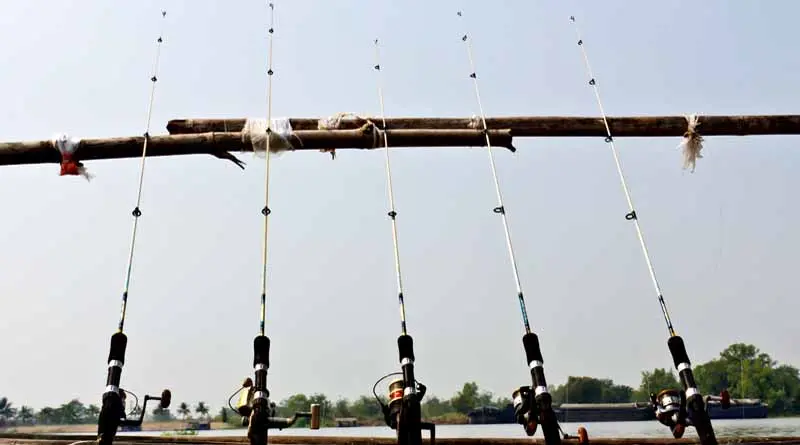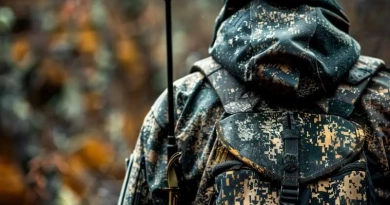
What Are The Differences Between Spinning, Baitcasting, And Fly Reels
Understanding the Craft: The Differences Between Spinning, Baitcasting, and Fly Reels
On a crisp morning by the water’s edge, with the mist rising slowly and the promise of the catch whispering through the air, an angler stands—rod in hand, contemplating the day’s strategy. The choice of reel, an essential part of this decision, varies widely. Today, I ponder a common yet complex question I often hear from fellow enthusiasts: “What are the differences between spinning, baitcasting, and fly reels?”
Fishing reels, intricate in their mechanics and diverse in their applications, are not just tools but extensions of the angler’s intent and skill. Each type of reel—spinning, baitcasting, and fly—offers unique advantages and suits different situations and species. Understanding these differences is crucial for both novice and experienced anglers aiming to refine their technique and increase their effectiveness on the water.
Delving Deeper: The World of Fishing Reels
Navigating through the diverse world of fishing reels is akin to choosing the right tool for a particular job. The choice between spinning, baitcasting, and fly reels is a significant one, involving not just personal preference but also strategic considerations based on the target species, fishing techniques, and environmental factors.
Spinning Reels: Versatility at Its Finest
Spinning reels are renowned for their versatility and ease of use, making them a popular choice among both beginners and seasoned anglers. Their design allows for easy casting and retrieval, minimizing the likelihood of line tangling and backlash, which are common issues with other types of reels. This user-friendliness does not come at the expense of precision; spinning reels are capable of handling light lines and baits with exceptional accuracy, making them ideal for a variety of fishing conditions.
- Suitability: Spinning reels are particularly well-suited for finesse fishing, where delicate bait presentation is crucial. They excel in both freshwater and inshore saltwater environments, adapting to everything from small trout streams to coastal flats.
Baitcasting Reels: Precision and Power
Baitcasting reels offer enhanced control and accuracy, features that are essential when casting heavier lures and lines. Anglers who require precise lure placements—often around obstacles like rocks, trees, and underwater structures—prefer these reels. However, the precision of baitcasting reels comes with a learning curve. They require a skilled hand to manage their tendency to backlash, a common issue where the line tangles inside the reel during a cast due to spool overrun.
- Optimal Use: Ideal for targeting larger freshwater species such as bass, pike, or musky, baitcasting reels are particularly effective in scenarios that demand heavy lures and lines. Their ability to handle heavier tackle makes them suitable for both luring big fish and achieving greater casting distances with pinpoint accuracy.
Fly Reels: A Unique Role in Angling
Fly reels are distinct in their simplicity and specialized functionality. Unlike spinning or baitcasting reels, the primary role of a fly reel is not just to cast and retrieve line but to provide smooth tension and balance the lightweight fly rod during the intricate process of fly casting. Fly fishing is an art form that focuses on the presentation of the fly to mimic insects or other prey, requiring a reel that can manage the line with finesse rather than brute force.
- Specialized Functionality: Fly reels are crucial in managing the unique dynamics of fly fishing, where the emphasis is on the rhythm and flow of the line rather than the lure itself. These reels must ensure a seamless interplay of line, rod, and the artificial flies—often used to replicate the delicate movements of aquatic or terrestrial insects.
Matching Reel to Technique: A Strategic Approach
To truly harness the potential of each reel type, an angler must align their gear with their specific fishing strategies and environments:
- Spinning Reels are best for light tackle applications and scenarios where ease of use is prioritized.
- Baitcasting Reels are the go-to for experienced anglers focusing on precision and control in challenging environments.
- Fly Reels are indispensable in the specialized world of fly fishing, where the technique of casting and the natural presentation of the bait are paramount.
Each type of reel offers distinct advantages and requires different skills and approaches to master. Understanding these nuances allows anglers to make informed decisions, ensuring that their equipment enhances their overall fishing experience and success on the water.
Implementing Knowledge: Gear Up Accordingly
Choosing the right reel involves not only understanding the differences but also knowing how to apply this knowledge:
- Select the Right Gear: Match your reel to your rod and the type of fishing you plan to do. Ensure the reel’s weight and line capacity are appropriate for your target species and environment.
- Practice: Particularly with baitcasting reels, practice is crucial to mastering the technique to avoid common issues like backlash.
- Maintenance: Regular cleaning and maintenance are essential for all types of reels to ensure longevity and optimal performance.
Essential Resources:
- Fishing Tutorials and Guides: Many online resources and local workshops can help deepen your understanding of different reels.
- Fishing Community and Forums: Engage with other anglers to share experiences and tips about using different types of reels.
Conclusion: The Reel Connection
As the sun sets and the day’s fishing draws to a close, the differences between spinning, baitcasting, and fly reels reflect the rich tapestry of angling—a blend of science, art, and personal expression. Each type of reel offers unique challenges and rewards, shaping the experiences we have and the stories we tell. Whether you’re casting a fly into a rushing stream or pitching a lure into a hidden cove, the choice of reel is more than functional; it’s foundational to the fishing lifestyle.






